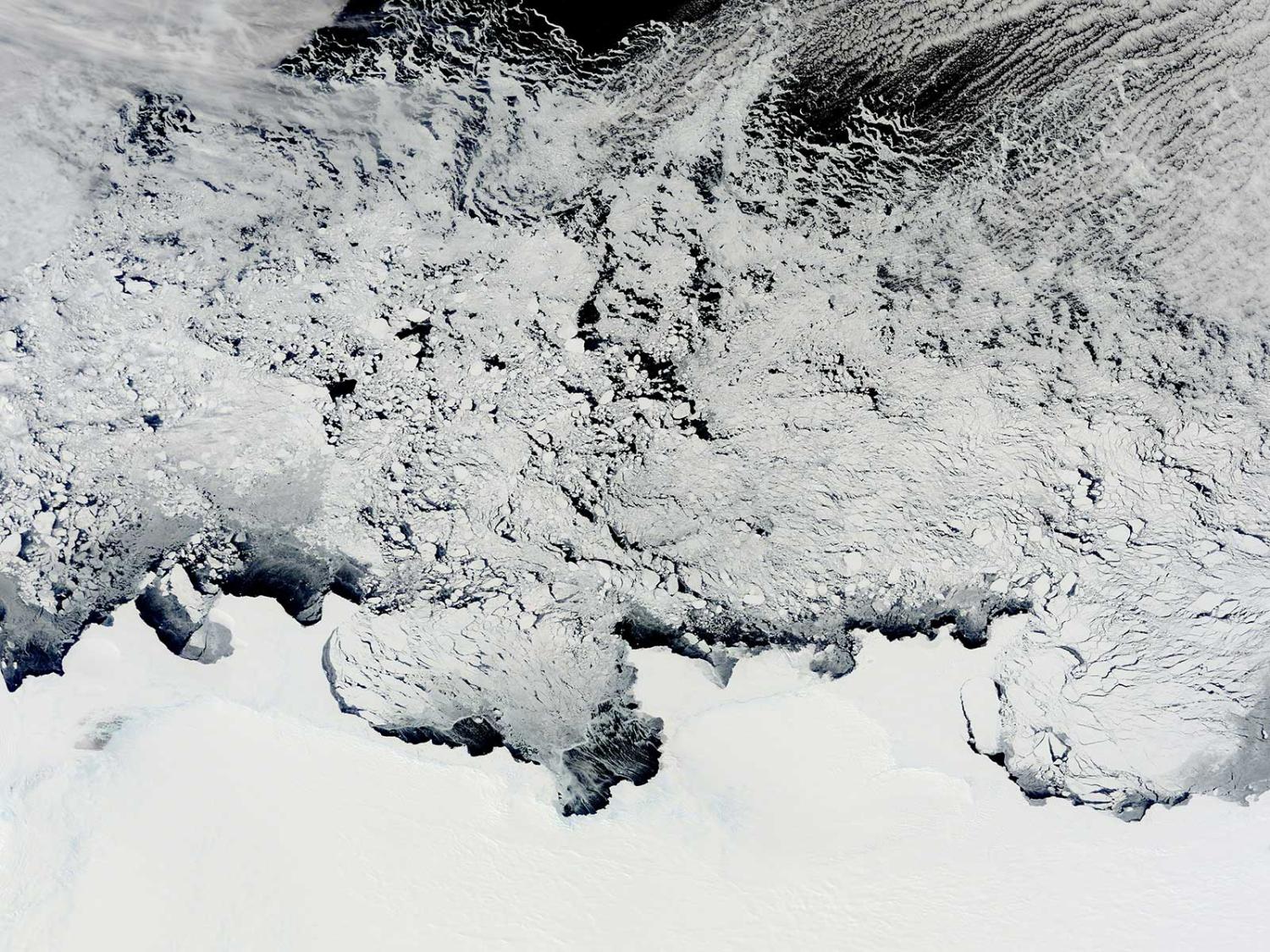China has become more and more active in Antarctica in recent years – both in research and in the international framework of agreements known as the Antarctic Treaty System that has successfully seen the frozen continent devoted to peace and science for decades.
China is currently building its fifth Antarctic research station at Inexpressible Island on the Ross Sea ice shelf. The MV Xue Long 2, China’s second icebreaker, is set for a polar expedition later this year. Meanwhile, China has continued a push dating from 2013 to establish an Antarctic Specially Managed Area (ASMA) around Chinese Kunlun Station in the area known as Dome Argus (Dome A), the highest place on the Antarctic ice sheet.
While China’s enthusiasm is clear, several countries oppose this proposal, with the stand-off holding implications for future Antarctic governance.
China’s ASMA proposal for Dome A
In 2009, China built its third research station – Kunlun Station, in Dome A, which was seen as a great success for Chinese Antarctic science. According to state media outlet Xinhua, “while Americans built Amundsen-Scott Station in the South Pole, Russians established Vostok Station in the southern Pole of Cold, Chinese now operates in the highest point of the Antarctic Ice Sheet.” The Kunlun Station is a summer station and is one of the best places on earth to conduct astronomy research.
Establishing an ASMA around the Kunlun station would essentially give China a greater say in the activities conducted in the area. China is a consultative party to the 1959 Antarctic Treaty and the creation of an ASMA around Kunlun would serve as a symbolic achievement to showcase China’s influence in the ATS. The proposal was first raised in 2013 – the year President Xi Jinping took office, where from outset he emphasised the importance of the emerging economy playing a key role in global governance. The proposal for Antarctica reflected what has been a general shift in Chinese diplomacy under Xi, from an attitude of “keep low” to “being active” in the international arena.
The proposed ASMA covers an area of approximately 19,764 square-kilometres, encompassing the Kunlun station as well as research and monitoring sites. Such a proposal is provided for under Article 4, Annex V to the Protocol on Environmental Protection to the Antarctic Treaty, for “any area, including any marine area, where activities are being conducted or may in the future be conducted, may be designated as an Antarctic Specially Managed Area to assist in the planning and coordination of activities, avoid possible conflicts, improve co-operation between Parties or minimise environmental impacts”. The Dome A ASMA proposal appears to be the first substantial one that China has made.
Little progress
But the proposal has been given the cold-shoulder from the beginning. China led two rounds of informal discussion with the United States, Australia, the United Kingdom, France, Argentina, Norway, New Zealand, and Germany across 2013–14 in the Committee for Environmental Protection of the ATS. To ease concerns from incumbents, especially Antarctic claimants, that China may make use of the ASMA to limit their potential activities in the Dome A area, China said it would welcome joint proposals with other countries. None have been forthcoming.
China held more informal talks during across 2014–2015, this time only Argentina responded with some additional comments, but still no substantive progress was evident. In 2017, China for the first time hosted the annual Antarctic Treaty Consultative Meeting involving parties and observers to the ATS, and at the Beijing meeting the Chinese delegation stepped back by replacing the ASMA proposal with a draft Code of Conduct for Exploration and Research – in essence, a compromise measure. But this looks no more likely be endorsed.
Legally speaking, China argues its proposal for Dome A is to protect the important environmental value of the area. Opponents however believe that an ASMA is essential only when more than one country is conducting activities in the same area, where coordination is required to avoid negative effects for the environment. So far, China is the only country to operate in the Dome A area.
Nevertheless, behind polite, diplomatic debates, some alarmist views bluntly reveal that there is a fear China might consolidate its presence in a large area around Dome A.
Implications for future Antarctic governance
For many years, China was a quiescent follower within the ATS. Yet under Xi, with his fondness for the idea that China should actively take part in and shape the current regime of global governance, it can be expected that the Chinese delegation will keep pushing its Dome A proposal in the years to come.
China has a legitimate right to be actively involved in the Antarctic Treaty Consultative Meetings, submitting proposals and becoming vocal. Nevertheless, the opposition and rejection of China’s Dome A proposal may strengthen China’s suspicion and mistrust of the ATS.
This could spill into other issues. For example, China has expressed concerns about marine protected areas proposals in the Southern Ocean by the European Union (driven by Germany and France), Australia, Chile and Argentina. With the Dome A issue outstanding, it will be more difficult for these countries to gain China’s support.
Yet if China does wish to have a greater say in international governance, including over Antarctica, Beijing should learn how to temper its use of power. The Dome A proposal will be a testing case for China’s broader international ambition.

